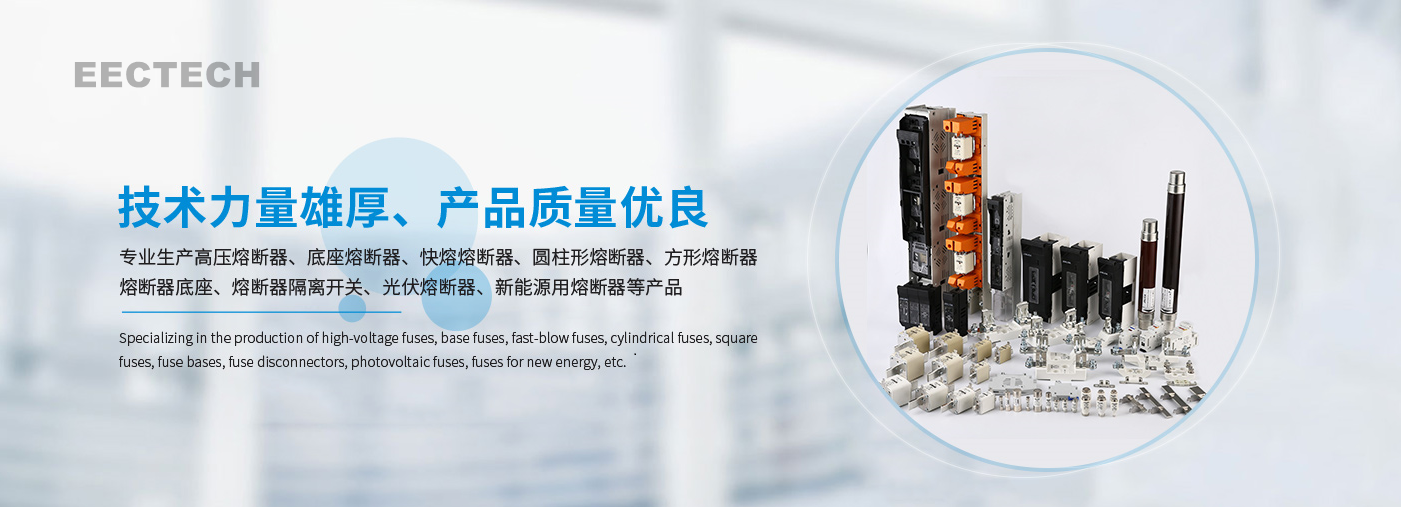By EECTECH | 09 June 2020 | 0 Comments
How to choose the fuse of the fuse correctly?

1. The fuse is actually a fuse, which can protect the electrical equipment from overcurrent. Therefore, each fuse has a rated specification, and the fuse will blow when the current exceeds the rated specification. The earliest fuse was invented by Edison to protect the incandescent lamp, which was more expensive at that time!
2. I remember when I was a child, my home often had a power outage in the evening. It was the peak time for lighting, cooking, watching TV, and talking about hygiene. Every household was using electricity, so the circuit was overloaded, the fuse was overheated, and then it was dark. The fuse protects countless light bulbs and TV sets with its own sacrifice. Of course, it seems that using the fuse for overload protection is too "insecure"!
3. There are two types of fuse materials: one is a round wire of different diameters made of low melting point materials such as lead-tin alloy, that is, a fuse, because of its low melting point, it is not easy to extinguish the arc, and it has little effect on each part of the fuse , Generally used in small current circuits. The other is high melting point materials such as silver and copper, which are used in high current circuits.
4. Each type of fuse has two parameters: rated current and fusing current. When the current through the fuse is less than the rated current, the fuse will not blow; only when the rated current exceeds the rated current and the fuse current is reached, the fuse will blow. The greater the current through the fuse, the faster the fuse will blow.
5. As a general rule, when the current passing through the fuse is 1.3 times the rated current, it should be blown in more than 1 hour; when it passes 1.6 times the rated current, it should be blown within 1 hour; when it passes 2 times the rated current, The fuse should blow instantaneously. The fusing current is generally twice the rated current of the fuse. It can be seen that the fuse is very insensitive to overload protection and should not be used for overload protection. It is mainly used for short circuit protection.
6. When selecting a fuse, it must be based on the actual working current in the circuit, and must not be used according to the specifications of the fuse. For the fuse of the household electric energy meter sub-fuse, the selection method is: the rated current of the fuse is greater than or equal to the sum of the rated currents of all electrical appliances, and less than or equal to the rated large current of the energy meter.
The above is the sharing of EECTECH to you on how to correctly select the fuse of the fuse. I hope it will help you.
Leave a Reply
Your email address will not be published.Required fields are marked. *